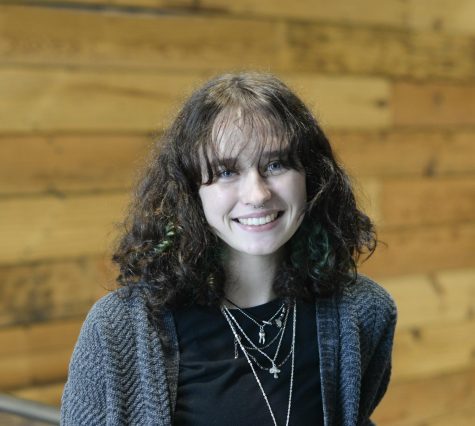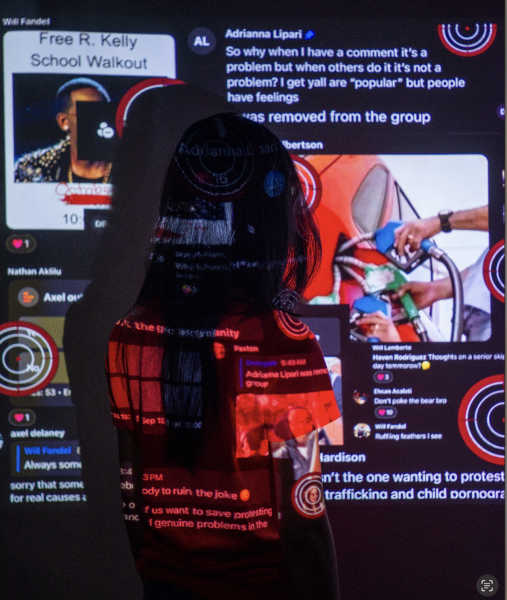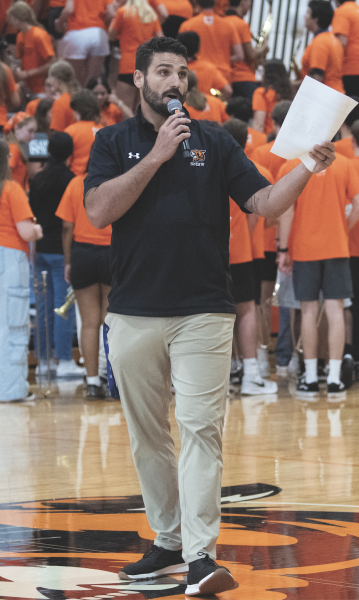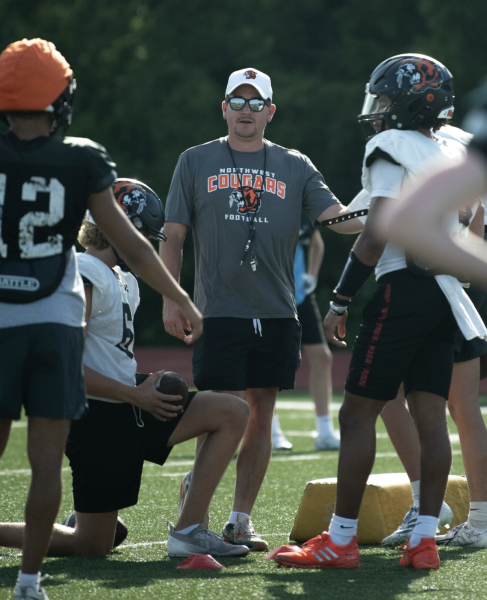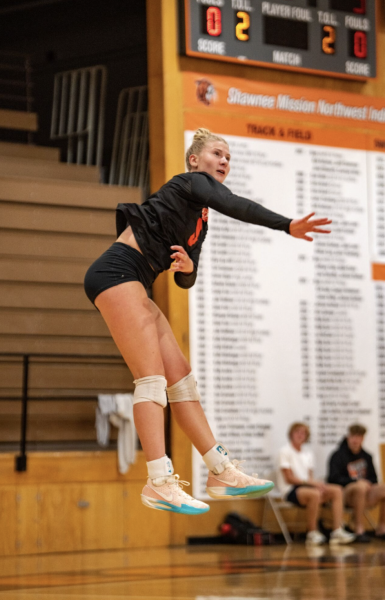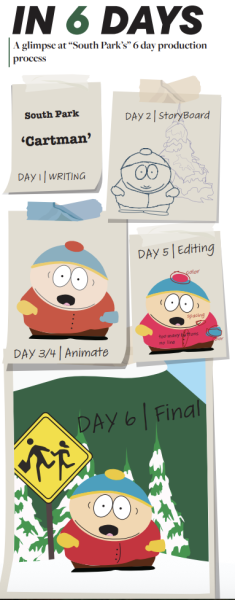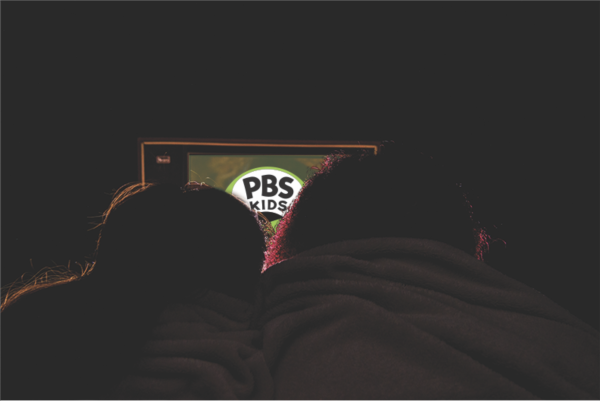Silent Killer
While in the remote learning model, students face isolation that has large effects on their mental health
October 16, 2020
The spread of COVID-19 has greatly changed aspects of our daily lives, limiting large gatherings of people and making school remote. These changes have led to increased periods of isolation for most people, which have large effects on mental health.
Isolation largely affects a person’s mental health. When human beings aren’t around other people for long periods of time, they start to develop symptoms of anxiety, depression and sometimes PTSD.
“People are human beings and we are social beings, so the fact that you’re around people helps boost moods,” clinical psychologist Gladys Mwangi said. “That’s also the way the body works. Certain hormones, endorphins, oxytocin, are released just by being around people. Then just the social support. When people are able to access others, it becomes easier to deal with some mental challenges or psychological issues.”
Teenagers are struggling with remote learning because of the isolation that comes along with it.
“I would say, in particular, it’s challenging for high school age students because this is your time to be more independent from your families,” social worker Melissa Osborn said. “This is also a time where being around your friends and your peer relationships with other teenagers are very important. So I think that makes it particularly hard for teenagers to be going through this staying at home stuff and staying apart.”
As school became remote, many activities students love got cancelled. Events students enjoy, such as school dances and football games, were changed entirely to comply with social distancing guidelines.
“ majority of students feel like they miss the social activities, especially sports, cultural events, and things like that that bring students together,” Mwangi said. “In a way, you feel a sense of loss… When you lose something, whether it’s a person or a thing, you’re supposed to go through a process of acknowledging the loss and even grieving that loss. I feel with COVID, it didn’t give people a chance to do that. It just came and people found themselves in this situation.”
In isolation, many people experience dark or negative thoughts, because they don’t have that support system they usually do.
“We refer to them as a silent killer,” Mwangi said. “They take on negative behaviors… and then that leads into a catastrophic problem, so listen to yourself first, know what is going on and then also having a network of people, it doesn’t have to be many people, maybe one individual or two who you can talk to and then also knowing how to access these resources.”
To combat these negative thoughts, along with having a group of people to talk to, people should be self aware and know what is going on in their mind. Being aware of your mental health is key.
“First and foremost is just to keep in touch with people,” Mwangi said. “One of the things I like to tell people is being mindful, being more aware of what is going on in you as an individual… Everybody should just listen to themselves be mindful of what is going on, what thoughts are going people having, because, again, isolation is being a major precursor to suicide. So, if people paid attention to what is going on in themselves, then they become aware of what is happening to themselves and then they are able to then know when to reach out.”
While in the in-person learning model, students have coping mechanisms to combat negative thoughts and improve their mental health. Many of these coping mechanisms can be done in the remote setting, as well.
“I went past our Sources of Strength ‘What Helps Me’ board,” Osborn said. “All those posters are from students… I was looking at those coping skills, and almost all of them are about things you could do from home. A lot of people say things like ‘I like to pet my dog,’ ‘I like to listen to music,’ ‘I like to go for a run.’ Most of the stuff that people put down that helps them, you could still do.”
If students are struggling with their mental health in the remote setting, there are many people to contact.
“ they want to know who to start with, it would be myself or Robin Sutton, who is the other social worker in the building, and she does the top half of the alphabet ,” Osborn said. “There are a lot of resources in the community, but if you start with us, we can help or if need a referral for a therapist or stuff like that.”
Osborn is available at melissaosborn@smsd.org for last names M-Z and Sutton is available at 800021190@smsd.org for last names A-L.


